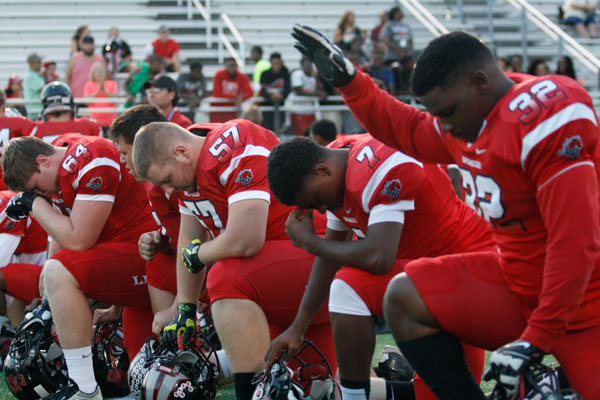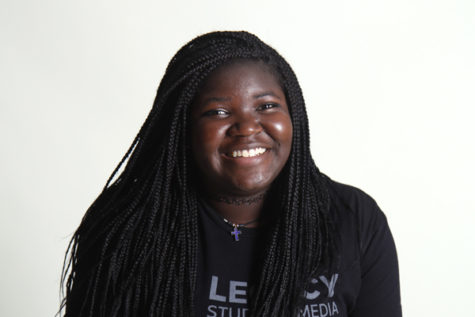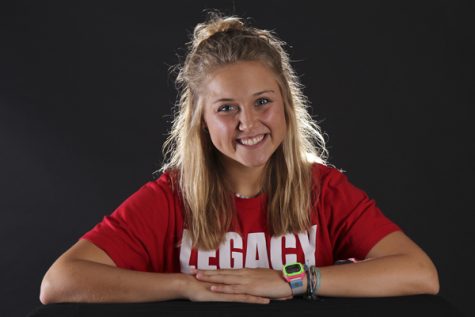Last year, junior Craig Nealey sits in his AP physics class on the first day of school ready to start the school year only to get criticized by his classmate, who tells him that athletes shouldn’t be taking the class if they struggled in the pre-requisite class. Now a senior, Nealey looks back at it as the moment that motivated him to prove the critics wrong.
Nationwide, most coaches wouldn’t offer a scholarship to a player who was six inches shorter or half a second slower than other prospects, but they would offer a scholarship to a player whose standardized test scores suggest that they’re at a competitive disadvantage in the classroom.
“The situation made me feel motivated to be a successful student athlete,” Nealey said.
Sophomore Clayton Franks serves as an offensive line strong tackle for varsity football, yet gets underestimated by other teams because of his younger age. Compared to the ideal strong tackle, Franks stands only one inch shorter, 60 pounds lighter and runs a faster 40-yard dash. Franks already has the upper hand against most other competitors in his position despite his age.
“Other teams look down on me because I’m a sophomore,” Franks said. “Their scouting reports make it look like I’m an an easy opponent.”
The situation made me feel motivated to be a successful student athlete.Even though Nealey feels small for his position, his size does not seem to be a disadvantage. Nealy plays defensive tackle and stands five inches shorter, 69 pounds lighter than the ideal body type for his position. Though becuase of this Nealey runs a faster 40-yard dash than what’s expected of someone in his position.
“I’m quicker than most of my opponents,” Nealy said “I can also get lower than them and that is a great advantage to have in my position.”
High school athletes have higher grades and standardized test scores in mathematics and language arts courses, they also have self-reported higher education aspirations, diligence in homework, and lower absenteeism than other students. Sixty three percent of student athletes graduate high school compared to the 62 percent of their other classmates.
Football coach and social studies teacher Michael Keel graduated in the top 5 percent of his class and earned a academic scholarship to the University of Texas while serving as captain of his football team and playing soccer and tennis.
“Learning how to balance your time with an extra-curricular helps students to do better in class,” Coach Keel said “A lot of the time athletics offers students a motivation that they would not normally have.”





